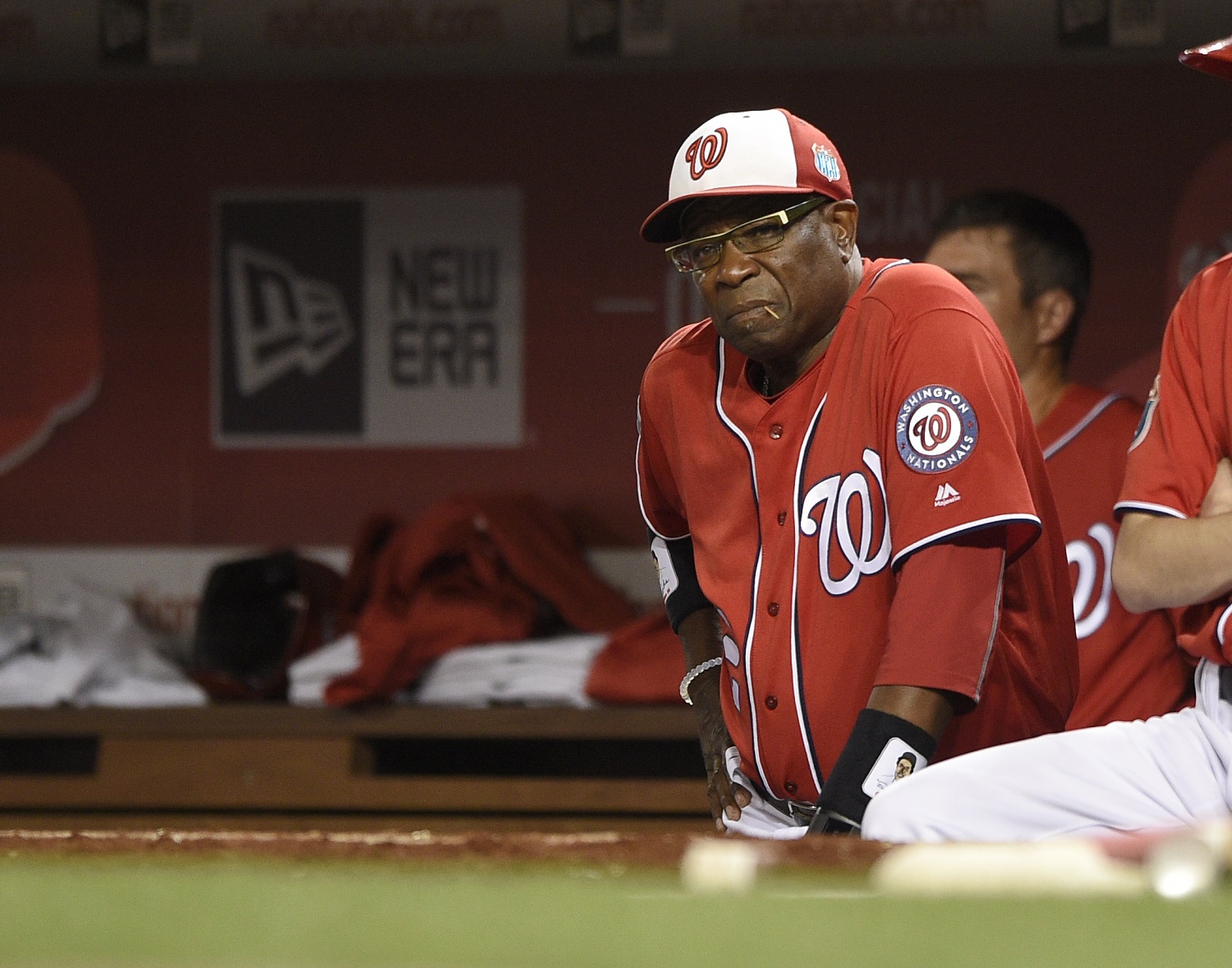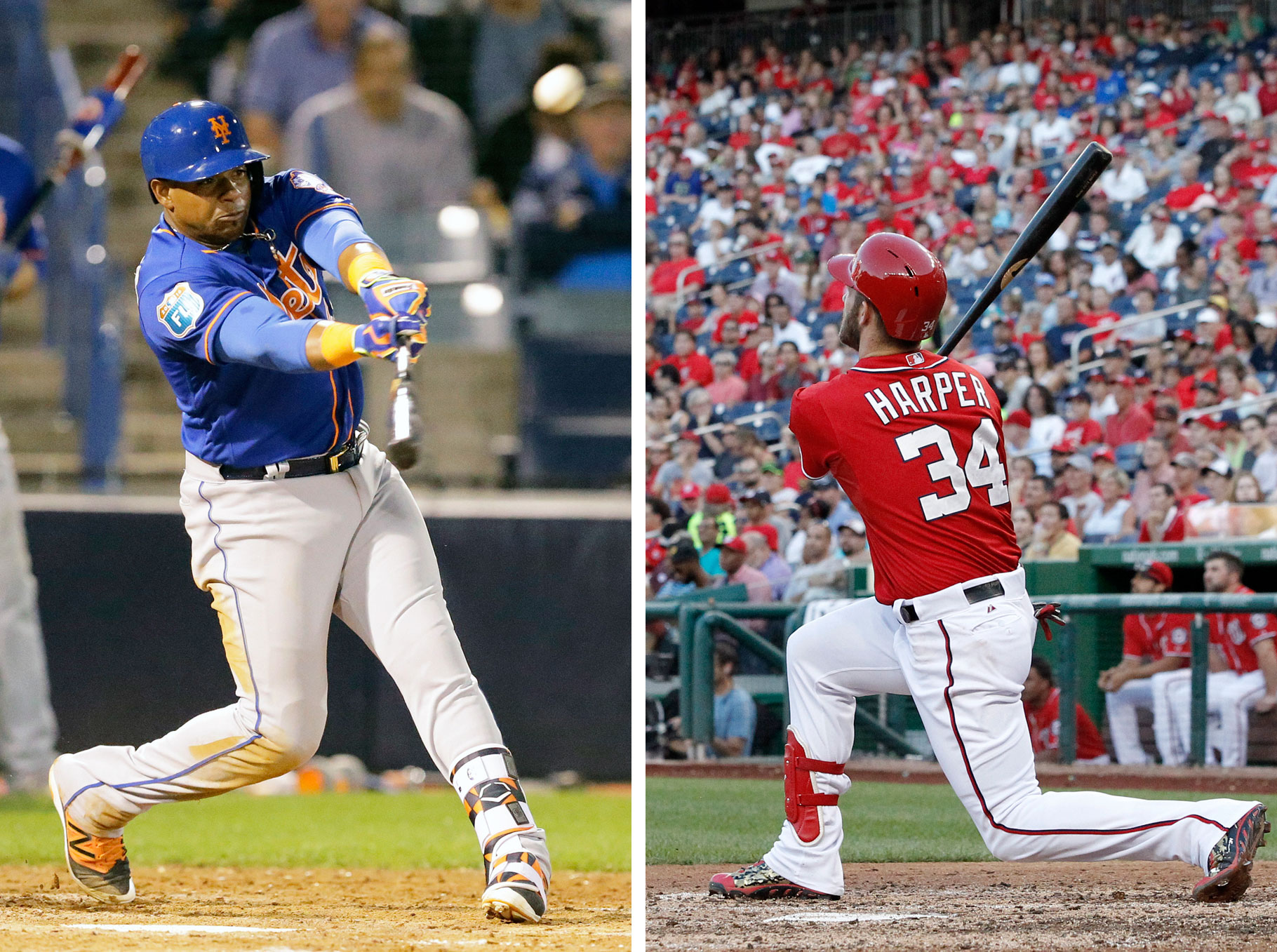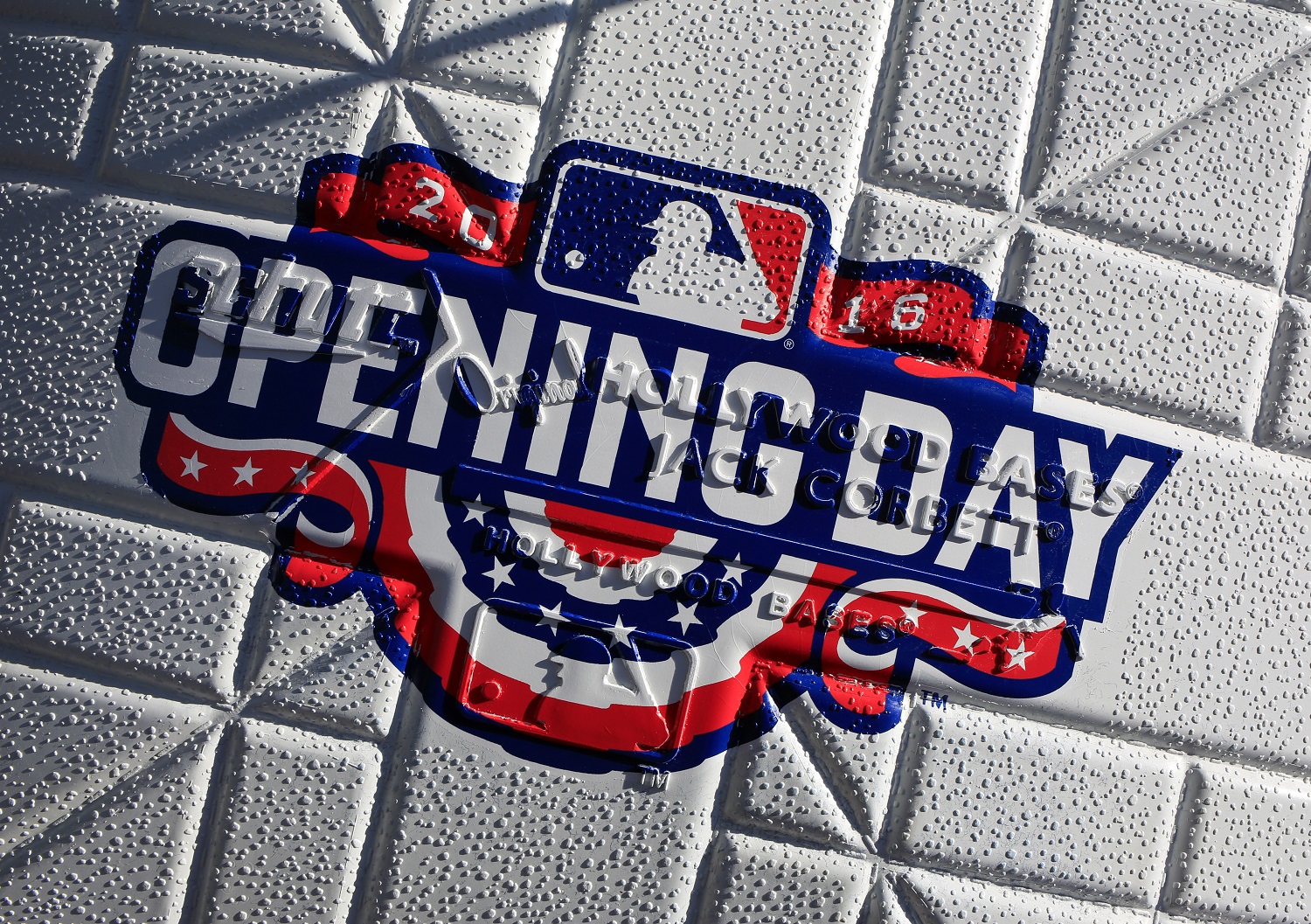WASHINGTON — What’s the biggest question facing the Nationals this season? WTOP’s George Wallace and Dave Preston share what they believe is the key to this year’s club.
George Wallace: It’s the bullpen
Heading into 2015, the Nationals’ bullpen was a solid group with high expectations. Sound familiar?
The Nats had lost Rafael Soriano to free agency and traded set-up man Tyler Clippard. Then, long reliever Craig Stammen suffered a torn flexor tendon within the first two weeks of the season and required season-ending surgery.
So the Nationals turned to Drew Storen, again, to assume the closer’s role. Storen didn’t disappoint early on, posting an ERA of 1.73 with 29 saves through late July, when the team acquired Jonathan Papelbon from Philadelphia. After that, disaster struck. Storen posted an ERA over 9.00 his final 15 games as a set-up man, and his season ended early after he punched a locker in the clubhouse. Fast-forward to the new year — Storen is gone and Papelbon is still here.
Mike Rizzo headed into the offseason basically needing to implode the bullpen and start over because of the weakness it turned out to be. That meant very few pieces were guaranteed to return for 2016. The team decided to non-tender Stammen, who was coming off the injury and expected to make around $2.4 million. And even after several offseason acquisitions, a number of questions remain.
The name that everyone is going to talk about this year is Papelbon. The 35-year old is coming off a year in which he choked MVP Bryce Harper in the dugout for everyone to see, filed a grievance against the team for being suspended without pay at the end of the year, blew a pair of saves and took two losses down the stretch in Washington. He gave up 13 runs, including four home runs, in just 23.2 innings in Washington.
What kind of form can he return to, and who will bridge the gap to get the game to the ninth? Here are the names to watch:
Felipe Rivero, who made his MLB debut in 2015, was always a lock for a bullpen slot heading into the year. He is a hard throwing left-hander that averaged 95 mph on his fastball while topping out at 99. There is definitely an upside to Rivero and he might have to step into a bigger role in a hurry this year because of the uncertainty that surrounds him.
Shawn Kelley will be 32 in April and is a two-time Tommy John recoveree. Kelly will most likely move into the set-up role for Papelbon. He posted a 2.45 ERA in 51.1 innings for San Diego last year, striking out 63 while walking only 15.
Oilver Perez, 34, will likely step into the role Matt Thornton held last year, as a left-handed specialist. While he posted an overall ERA of 4.17 with better than a strikeout an inning, his year didn’t end well after being traded to the Astros. Perez posted a 6.75 ERA and a 1.50 WHIP in 22 appearances after the deal.
Yusmeiro Petit, 31, comes to the Nationals after the Giants non-tendered the reliever. Petit has been a starter in his career, but has settled into his reliever role mostly as a swingman. Nats fans will mostly remember him for his performance in Game 2 of the 2014 Division Series, when he entered in the 12th inning and tossed six shutout innings of one-hit ball.
Matt Belisle, 35, signed a minor league deal with the club, but was told he made the team a few days before the Nationals broke camp. In 34 appearances for the St. Louis Cardinals in 2015, he put up a 2.67 ERA, 15 walks and 25 Ks in 33.2innings pitched, but missed considerable time with elbow inflammation. Belisle pitched for Dusty Baker during their time together in Cincinnati. After that he went to Colorado and pitched in at least 66 games for five consecutive seasons. He was a workhorse, but again, he’s 35 and coming off an injury.
Sean Burnett is trying to come back from a second Tommy John surgery and had a great spring, giving up six hits and a walk with no runs and five strikeouts in 7.2 innings. But Blake Treinen beat out Burnett and newcomer Trevor Gott for the last spot for now.
The Nationals’ starting rotation is still one of the best in the big leagues, but they are heading into the season with a lot of uncertainty in the bullpen. Teams with lockdown bullpens win championships. The question of whether Mike Rizzo has done enough to put the Nationals in that category is the biggest one entering Opening Day.
Dave Preston: It’s the outfield
At first glance, the Nationals’ outfield in 2016 should be one of their strengths. You’re led into that sense of security seeing Bryce Harper in right field every day. As long as he doesn’t injure a hamstring or get hit by lightning, the reigning National League MVP is the foundation this outfield and batting order will be built upon. And even with a lightning strike, Harper would probably be able to still play three to four days a week.
After that? There’s a group of players that could potentially deliver or disappoint. The difference between delivery and disappointment could very well determine the Nats’ 2016 destiny.
To say left field was a disappointment last year would be an understatement. The position ranked 24th in the Majors in OPS after being in the middle of the pack the previous season. Even Danny Espinosa and Ryan Zimmerman had their turns.
Jayson Werth’s transition from across the outfield was much more difficult than originally anticipated — and can you blame him? Werth played 80 percent of his games in the field during his career in right, and shoulder surgery prevented him from getting used to playing left field in spring training last March. Werth’s production at the plate did not justify his fielding issues, though. Werth’s batting average, on base percentage and slugging percentage were his lowest this decade.
At age 37, does Werth have what it takes to produce at the level major league teams need from that position? He’s hit more than 20 homers just once since coming to D.C. as a free agent, and even hitting sixth in the lineup he’ll be expected to produce something. If he does, then we simply move along to more pressing matters. If not, there’s a situation to deal with.
The viable option is on the roster and in the form of Michael A. Taylor. He actually played more games (96 to 38) in center field than left last season. and this spring the 25-year old has been on fire. Granted, it’s only March, but Taylor hit .455 with 4 HR and 15 RBI over 17 Grapefruit League games. He’s a much better defensive option in left field…and even better than Ben Revere (a career -21 defensive runs saved) in center field. Can Taylor limit his strikeouts (158 last year, 30.9% of plate appearances) this year? He already appears to be the smart choice for late-inning defensive substitutions. If he continues his hot spring into April, Taylor may force his way into more at-bats, and not just as a sporadic fill-in.
So…if Taylor remains on a tear, what do you do with Werth? There’s the matter of the 21+ million dollars he’s making this year and next, along with the fact that he is a clubhouse leader. How can you justify cutting the second largest checks on the team for the next two seasons to a part-time player? And how can you be a clubhouse leader when you’re only playing once or twice a week? Do you have him learn first base one year after things went so poorly in his transition to left?
There’s also the matter of Ben Revere settling in at center field. He’s hit leadoff all spring training, hitting .368 but with no walks (yes, it’s only March…but no walks in 14 games?) Revere has previously led the National League in hits (184 in 2014) and even though this strikeout to walk ratio last year was less than ideal (32/64), he has the necessary motor (44 steals per 162 games played at an 80 percent success rate) that managers like Dusty Baker prefer. It’s also true looking at different defensive numbers (BIS defensive runs saved, total fielding runs above average) that Revere is better is left. His best defensive numbers are actually in right…but I think the Nats are set there. Unless lightning strikes…









